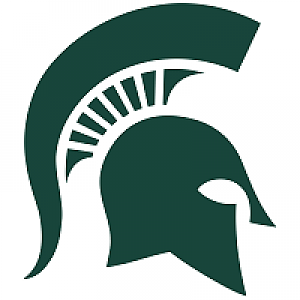Overview
Michigan State University has been advancing the common good with uncommon will for more than 150 years. One of the top research universities in the world, MSU pushes the boundaries of discovery and forges enduring partnerships to solve the most pressing global challenges while providing life-changing opportunities to a diverse and inclusive academic community through more than 200 programs of study in 17 degree-granting colleges.
MOOCs
Michigan State University have partnered with Coursera to deliver online courses to learners across the globe.
Learn new skills, pursue your interests or advance your career with these short online courses from Michigan State University:
Click on a course title to go to the course page
See more courses from Michigan State University on Coursera ►
Learn new skills, pursue your interests or advance your career with these short online courses from Michigan State University:
Click on a course title to go to the course page
- Photography Basics and Beyond: From Smartphone to DSLR | Coursera
- Game Design and Development | Coursera
- Become a Journalist: Report the News! | Coursera
- Cameras, Exposure, and Photography | Coursera
- Design and Make Infographics (Project-Centered Course) | Coursera
- Introduction to Game Development | Coursera
- Getting Started With Music Theory | Coursera
- How to Start Your Own Business | Coursera
- Art for Games | Coursera
- What is news? | Coursera
- Transmedia Writing | Coursera
- Script Writing: Write a Pilot Episode for a TV or Web Series (Project-Centered Course) | Coursera
- Getting Your Film off the Ground | Coursera
- Camera Control | Coursera
- Pixel Art for Video Games | Coursera
- Gathering and Developing the News | Coursera
- Developing An Entrepreneurial Mindset: First Step Towards Success | Coursera
- Principles of Photo Composition and Digital Image Post-Production | Coursera
- Business of Games and Entrepreneurship | Coursera
See more courses from Michigan State University on Coursera ►


